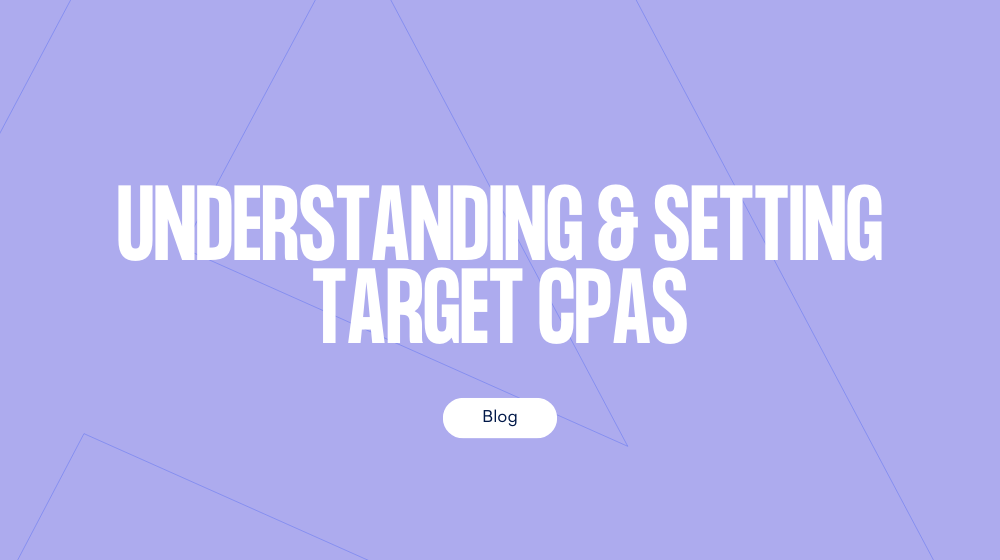Whenever you are planning a marketing campaign, it is always important to set objectives. Objectives help to keep our campaign plans on track, and are the basis for measuring campaign success. .
As part of the objective setting process, we break down top-level objectives into smaller, tangible aims that are easy to understand and where success can be evaluated.
For this blog, we’ll focus on CPA's – the cost to acquire a lead or conversion within a campaign.
What is a CPA?
The CPA is the total £cost for each acquired lead. The CPA total is worked out by adding up all marketing spend by a channel basis (whether this is digital marketing spend, i.e. paid ads – search or social, campaign landing page or website enhancement costs, through to offline spends such as direct mail, event costs and advertising), or by calculating overall spend.
It is important to add up all the costs incurred to generate a truly reflective CPA. Missing even one or two cost lines can significantly misrepresent the CPA value, making a campaign or activity look like it has a better ROI. You can read our ROI blog here for more on getting the most from your marketing efforts.
Getting started
It is best practise to identify a target CPA based on several things:
- What we already know – have we delivered this type of campaign or activity before? What was our average CPA then? Are our spend volumes the same / similar to previous activities or this sort?
- What will our total marketing spend be?
- What is the average lifetime value of a converted lead?
- What % of leads do we convert into customers?
Calculating your customer lifetime value (LTV)
In determining what your average LTV is, you will need to access customer data, including:
- How many times does a customer continue to purchase from you? This could be an annual subscription or platform contract renewal, for example.
- What is the average value each time a customer continues to purchase from you?
It is important to know both frequency of transaction and average value as both are fundamental criterias to understanding your average customer lifetime value.
So, to calculate your customer LTV, you will need to do a basis calculation:
Average purchase value x the rate of average purchase frequency
Example:
A business has an average purchase value of £2,000 annually. Their average client renews their platform subscription 2.3 times.
That gives us an average customer LTV of £4,600.
From our marketing efforts, how many leads do we need to generate?
Knowing the £total you expect to spend and knowing the % of leads that your sales process typically converts; we can identify the minimum numbers of leads we need to acquire.
Example:
We spend £15,000 on an event. Our average customer LTV is £4,600. If we divide our total spend by our average LTV, we identify that we need to acquire a minimum of 3.3 customers – which we naturally need to round up to 4. As we acquire 1 in 4 leads, the minimum number of leads we need to generate from the event is 16, in order to achieve a positive ROI.
Average CPA
We have identified our total spend and we know how many leads we need to generate, so the average CPA is easy to calculate:
Total spend / leads generated = average CPA
In the example above, our average CPA would be £937.50.
Setting your target CPA
You need to set your target number of leads and CPA at a level that generates a good return. It is important to be realistic, so set your CPA based on the data you have available to you – the average number of leads you would expect to generate from the activities you are doing (specifically events) and consider whether or not they would generate a higher average customer LTV.
By working out what the break-even point would be by way of leads generated, you will be able to understand whether an activity is worth it or not - and therefore be able to set a target CPA that reflects that.
Need help understanding if your activity is profitable? Let’s have a chat.



